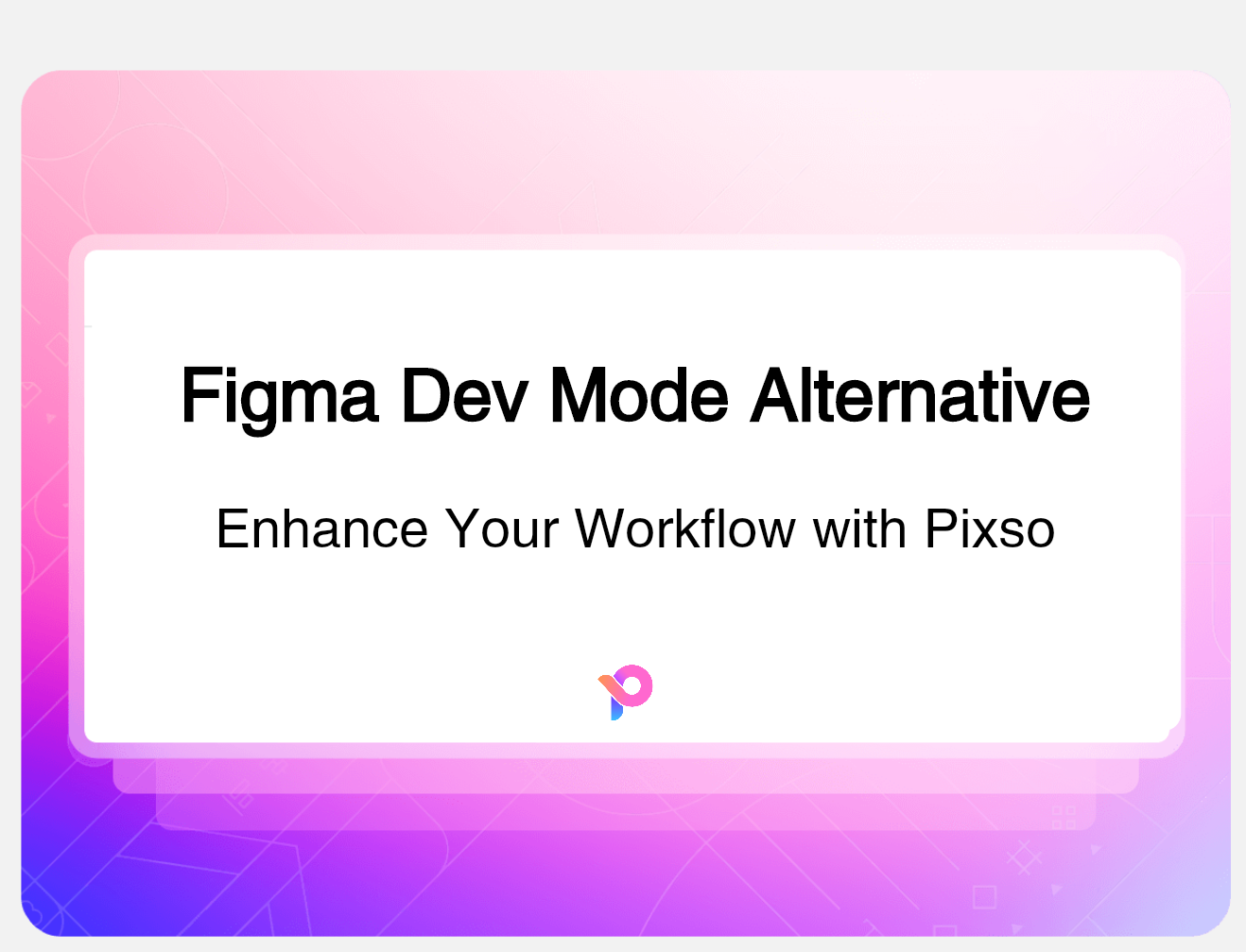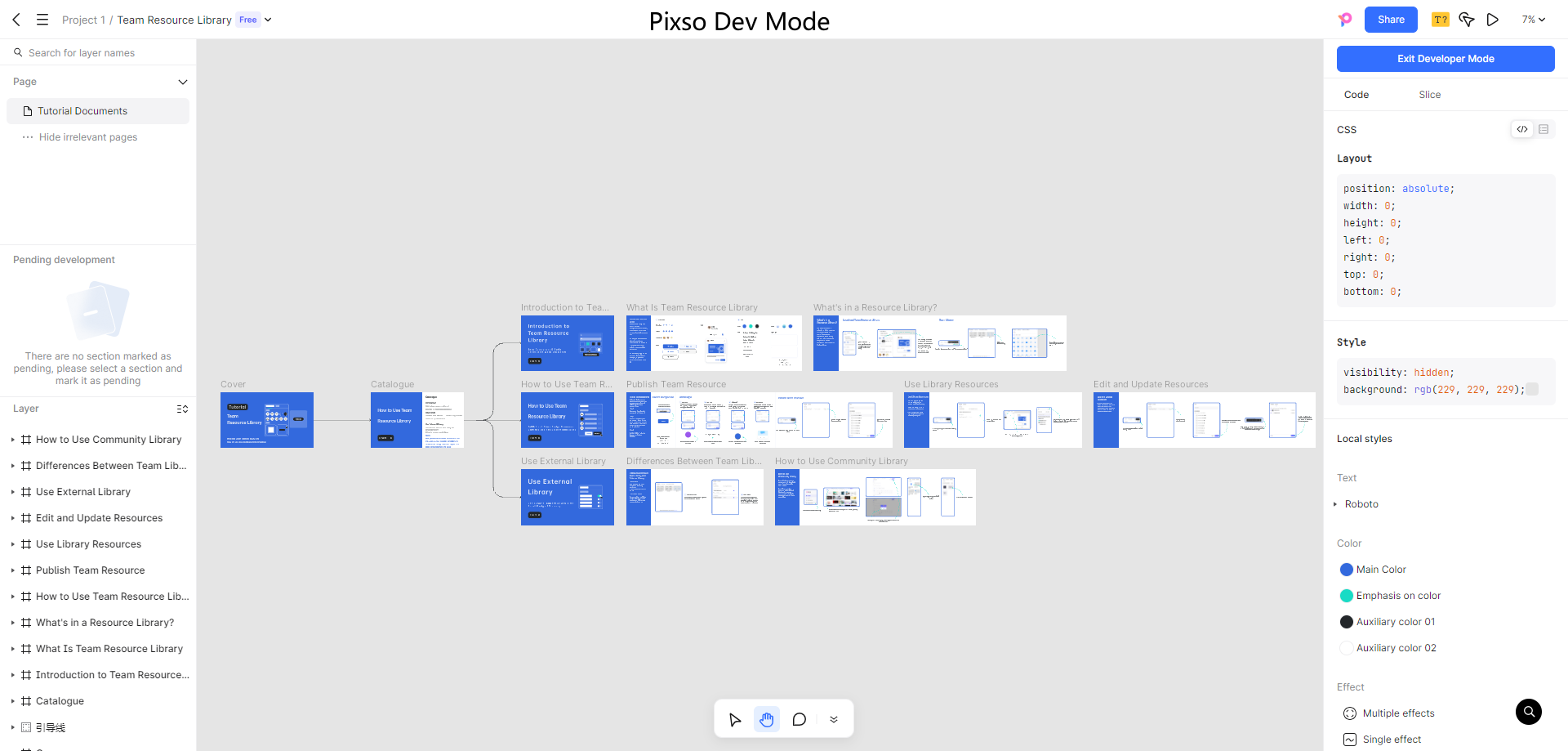Creating a prototype game design is a crucial step in the game development process. It's where ideas come to life, mechanics are tested, and the foundation of a successful game is built. Whether you're an independent developer or part of a large studio, understanding what makes a great game prototype can set the stage for your game's success. In this blog, we'll explore what prototype game designs are, their key characteristics, how to craft them using tools like Pixso, and some exemplary game prototypes that have inspired the gaming world.
What is a Prototype Game Design?

A prototype game design is an early model or version of a video game that allows developers to test and refine gameplay mechanics, visuals, and user experience. Unlike the final polished product, a prototype focuses on functionality over aesthetics, ensuring the core gameplay concepts resonate with the intended audience.
Why Are Prototypes Important?
Prototypes act as a testing ground for ideas. They allow developers to:
- Identify and fix design flaws early.
- Experiment with new concepts and mechanics.
- Gather feedback from testers and refine user experience.
Types of Prototype Game Designs
- Paper Prototypes: Early-stage designs sketched on paper to visualize mechanics and layouts.
- Digital Prototypes: Interactive models created with software to simulate gameplay.
- Playable Prototypes: Advanced versions where players can test key mechanics and provide feedback.
Characteristics of Outstanding Game Prototypes
Not all prototypes are created equal. The best game prototypes share certain characteristics that make them effective tools in the development process.
1. Clarity of Purpose
Outstanding prototypes are built with specific goals in mind. Whether it's testing a new mechanic, exploring visual aesthetics, or gauging user engagement, a clear purpose ensures the prototype remains focused.
2. Functionality Over Flawless Graphics
Prototypes prioritize gameplay mechanics and functionality over detailed visuals. This approach allows developers to focus resources on refining the game's core experience.
3. Flexibility and Iteration
A good game prototype is easy to modify. The iterative process—testing, collecting feedback, and improving—is essential for creating a successful game.
How to Craft Exceptional Game Prototypes with Pixso?
Pixso is an intuitive design tool that streamlines the creation of prototype game designs. With its collaborative features and powerful design capabilities, Pixso is a favorite among game developers.
1. Rapid Wireframing
The tool enables quick wireframing to visualize game layouts and mechanics. Its drag-and-drop interface lets developers create and iterate on designs swiftly, ensuring that ideas flow seamlessly from concept to execution.

2. Real-Time Collaboration
Game development often involves teamwork. Pixso's real-time collaboration feature allows designers, developers, and stakeholders to work together, offering instant feedback and reducing communication gaps.

3. Interactive Prototyping
It excels in creating interactive prototypes. Developers can link screens, add animations, and simulate gameplay, offering a near-real experience of the game's flow. This functionality is critical for testing user engagement and gameplay mechanics.

4. Asset Management
It provides a centralized library for managing game assets like icons, sprites, and UI components. This not only speeds up the design process but also ensures consistency across the game's visual elements.

5. Cross-Platform Integration
With Pixso, exporting prototypes for testing across various platforms is a breeze. Its compatibility with multiple devices ensures a seamless transition from prototype to production.

Top Prototype Game Designs You Must Know
Prototype game designs often lay the foundation for some of the most iconic titles in gaming history. These examples demonstrate how effective prototyping can shape a game's success:
1. Minecraft: The Prototype That Started a Revolution

Minecraft began as a simple sandbox prototype where players could place and remove blocks. The minimalist approach focused entirely on functionality, allowing players to experiment with building and exploration. This prototype was so engaging that it became the foundation for one of the best-selling games of all time. Developers iterated on the original concept, gradually adding survival elements and multiplayer features, all while retaining the core appeal of creative freedom.
2. Among Us: Minimal Design, Maximum Engagement

Among Us started as a minimalistic prototype focused on social deception mechanics. The core idea was straightforward: players complete tasks while identifying the impostor among them. The simplicity of the prototype enabled the developers to test and refine the game's mechanics without being bogged down by visuals. This lean approach allowed them to create a game that thrives on player interaction and strategy.
3. Hollow Knight: A Prototype of Precision and Exploration

Hollow Knight's prototype was built around testing intricate combat and exploration mechanics. Early versions of the game focused on fluid character movement, enemy behaviors, and the interconnected level design. By perfecting these elements in the prototype stage, the developers ensured a polished and immersive final product. The success of Hollow Knight demonstrates the importance of refining gameplay mechanics before diving into full-scale production.
4. Stardew Valley: A Prototype for Community Simulation

The prototype for Stardew Valley focused on capturing the essence of farming simulators like Harvest Moon while adding modern gameplay elements. The early design emphasized the cycle of planting, harvesting, and building relationships with villagers. Playtesting the prototype allowed the developer to tweak mechanics for optimal balance and engagement, leading to a deeply immersive experience.
Final Thoughts
Prototype game design is an essential step in creating engaging and successful video games. By focusing on clear goals, functionality, and flexibility, developers can ensure their ideas translate into compelling gameplay experiences.
Tools like Pixso elevate the prototyping process by offering features such as real-time collaboration, interactive design, and asset management, making it easier to craft polished and effective prototypes.
Remember, every great game starts with a prototype. By studying examples like Minecraft and utilizing tools like Pixso, you can bring your vision to life and captivate your audience. Dive into the world of prototype game designs today, and start turning your ideas into reality!





